
Learn the essentials of Android app development—frameworks, tips, and best practices from Empat’s team building high-performance mobile apps.

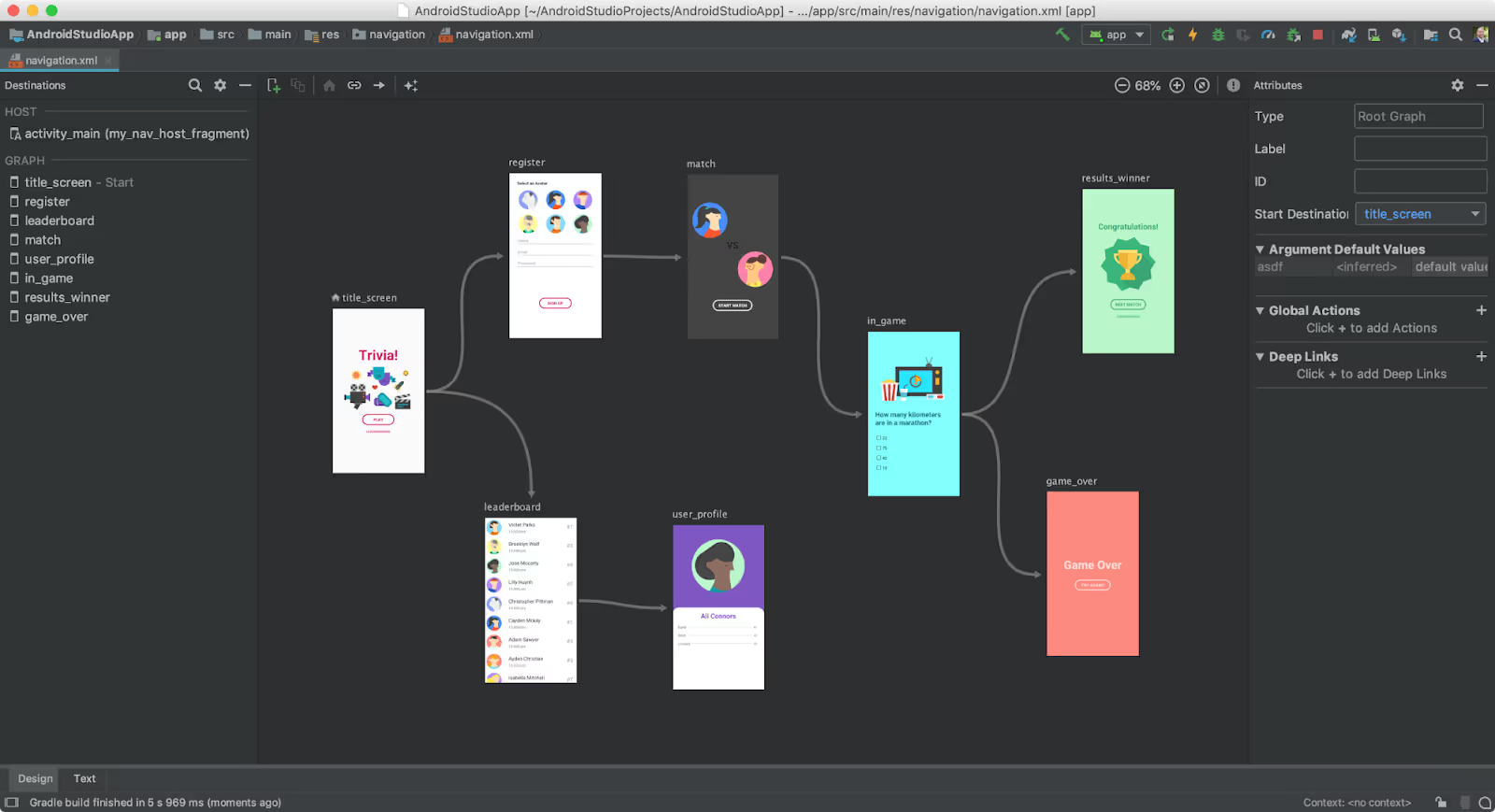
Android app development software includes tools like IDEs, SDKs, emulators, libraries, and testing utilities. These help developers design, code, and test Android apps for phones and tablets.
Some tools are used more often by independent developers creating smaller-scale applications — for example, a basic application that allows a user to create a to-do list — whereas other, more widely used applications are found on larger teams constructing more complicated applications — for example, an online banking application or social media. Thus, the tools chosen are dependent upon the scale of the project, the size of the team, the skill level of the developers, and the need for complexity of application features.
In general, this software assists developers with understanding the aesthetic of an application, coding requirements, bug testing, and stabilization across the myriad of Android phones and tablets available. There is a compilation of software that controls caching and updates, libraries that create connections to networks, and ensure that personally identifiable information is safely stored. As distributed teams become more common, understanding how to hire remote developers can be crucial to maintaining productivity and ensuring effective collaboration across time zones.

In learning about what constitutes Android app development software, it's also important to note the differences between these various features, involved tools, and their usages. Using these compilations together increases not only development efficiency but reliability, and most importantly, enjoyment.
Using these tools together helps Android developers work faster and make fewer mistakes. But tools alone aren't enough — experience and judgment still matter. For companies scaling up, understanding how to hire mobile app developers can be just as crucial as mastering the best Android development tools themselves.
Yet at the same time, even with professional-grade Android applications, there is no substitution for an intrapersonal developer's instinct, regardless of additional assistance. Thus, knowing how to effectively use and retain these tools from the outset is one of the basic steps to complete Android development.

IDEs are universal tools for development that provide different services for the development process, like a code editor, debugger, compiler, and built-in testing tools. They are useful for creating complete Android solutions with everything you need for the development process in one place. Here are some popular IDEs:
Choosing the right IDE can significantly impact your development speed and code quality. For example, Android Studio, built specifically for Android operating system, offers deep integration with the Android SDK, advanced code suggestions, visual layout editors, and performance profilers — all made for Android app development and Google Play Store optimization. For startups aiming to launch quickly and efficiently, understanding how to outsource software development for startups can be as crucial as selecting the right tools.
Android Studio also includes templates to help you quickly set up new apps, and its layout editor lets you design screens by dragging and dropping buttons, text fields, and images without writing a single line of code. This is especially helpful for beginners in an official integrated development environment.

The Android Software Development Kit (SDK) is a collection of the best Android development tools and APIs for creating Android-specific software applications that run smoothly on any Android device, like tablets or smartphones.
Bundled with Android Studio, the SDK includes tools like the Android Emulator, SDK Manager, platform tools, and build system integrations. The SDK gives access to key Android APIs that support everything from UI design and data storage to device sensors and location services.
These APIs (Application Programming Interfaces) are like pre-made building blocks you can use to develop your apps. Instead of building everything from scratch, developers use APIs to add features like maps, camera access, or Bluetooth communication. This approach is especially valuable in areas like fintech app development, where secure, complex features often need to be integrated quickly. Think of them as shortcuts that let you focus on what makes your app unique.
The most important part, the SDK, is regularly updated — it receives integrations with new versions of the Android platform. It receives new design kits, latest features, and development improvements. Staying updated with the latest SDK version is important to ensure your app runs well on the newest Android devices and follows the latest user interface trends.
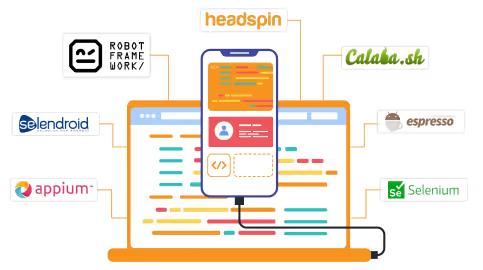
Android Virtual Devices (AVDs) are emulators that provide an opportunity for Android developers to simulate different devices and hardware configurations to test the software. These complete tools simulate different devices with different screen sizes, resolutions, and hardware specifications to understand how software would behave in different conditions. When planning a digital product, it’s also helpful to grasp distinctions like web design vs web development, especially if the project involves cross-platform compatibility or responsive design considerations.
For example, if you're building an app that works on both phones and tablets, you can test both versions on different screen sizes using emulators without actually owning the devices on the Android platform.
Thanks to AVDs, Android developers can test an app’s user experience (UX), responsiveness, and performance without needing a physical device for each variation.
Emulators are integrated into Android Studio and provide useful options like network condition simulators, battery usage testing, and access to device sensors like GPS and accelerometers. These tools allow developers to test an app's performance, troubleshoot possible issues, and prevent crashes, all in the early development process.
Testing early helps avoid major problems later, which is why professional developers rely heavily on emulators before sending their apps to the Play Store.
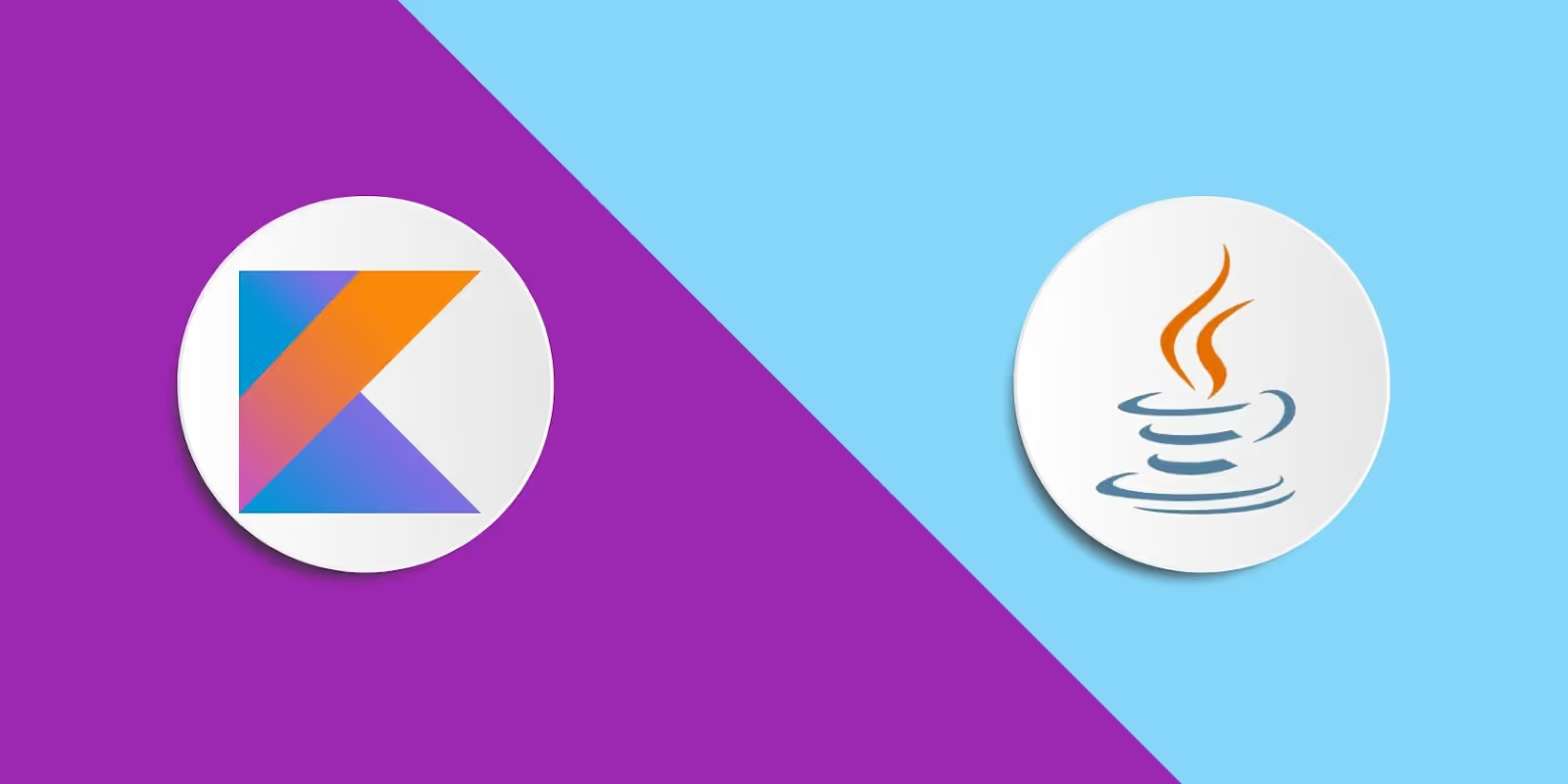
Android development is typically represented by two programming languages — Java and Kotlin.
Java has been a traditional programming language for Android for a long time and still powers hundreds of thousands of applications and libraries around the world. It’s well-established, widely supported, and understood by developers. For early-stage teams exploring how to hire developers for startup projects, Java's extensive talent pool can make onboarding easier. You’ll see existing Java code in older apps and open-source libraries.
Java is still widely used, but Kotlin is considered a preferred language for modern Android development. It’s officially supported by Google and provides more expressive and safer syntax compared to Java. It reduces boilerplate code, helps prevent common coding mistakes, and integrates easily with Java-run libraries and applications.
Kotlin is also easily integrated into Android Studio. It’s shorter and cleaner to write, which makes it easier to read and understand, especially helpful if you’re just getting started. As a result, many developers decide to adopt Kotlin as their preferred language for Android app development.
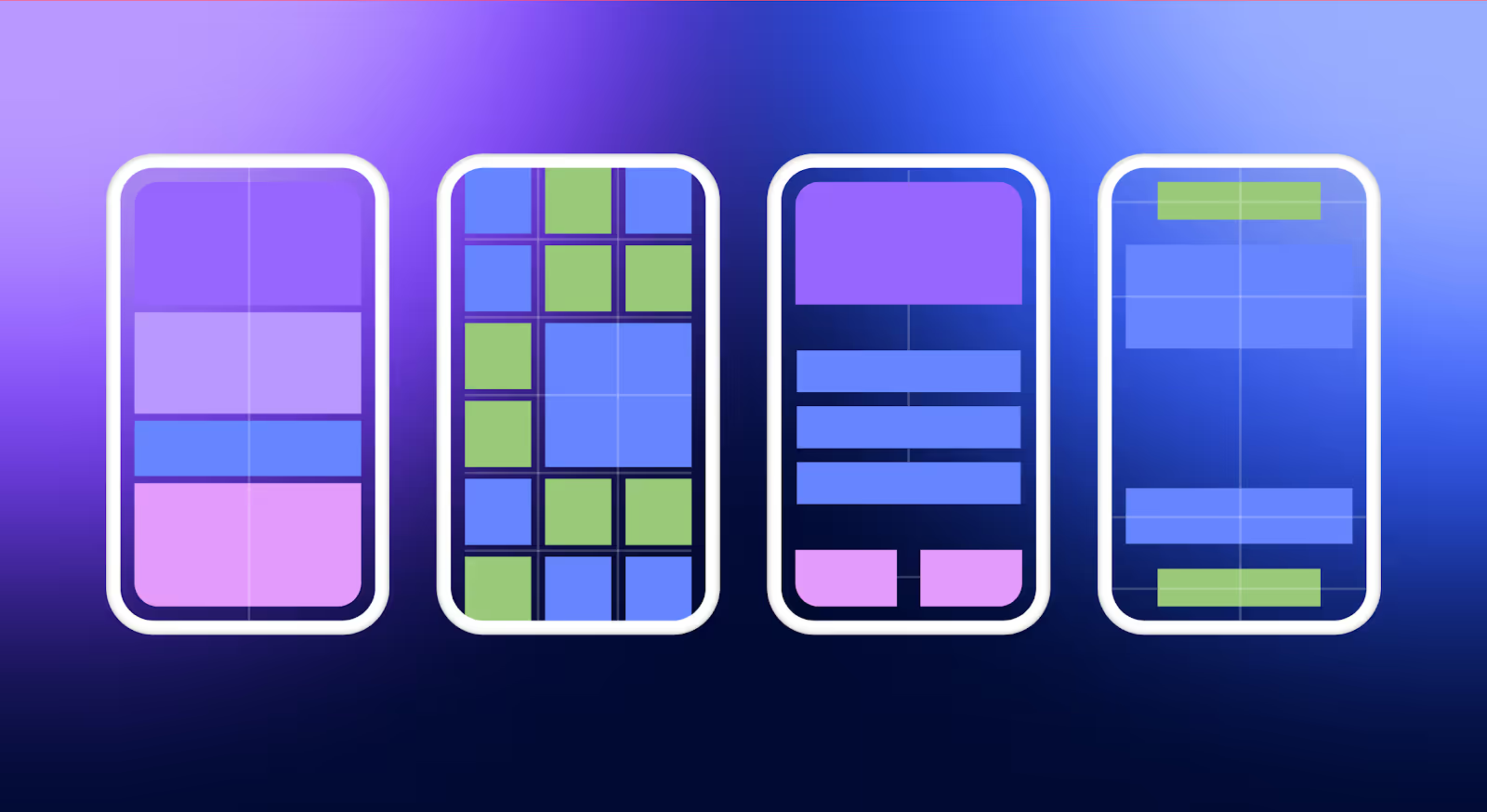
Jetpack Compose is a modern tool made by Google. It allows the creation of UI using Kotlin code. It makes creating the layout more intuitive, flexible, and understandable for new developers. For teams expanding their projects visually, learning how to hire a graphic designer can complement Compose’s capabilities by ensuring cohesive UI aesthetics.
Compose provides UI elements that are defined directly in code, making it much easier for Android developers to manage dynamic layouts, update the UI in response to state changes, and reduce the amount of boilerplate code. With Jetpack Compose, there’s no need to constantly switch between XML and code files — it’s all in one place, saving time and streamlining the development process. It’s especially effective when building native apps across Android's multidevice ecosystem, where efficiency and responsiveness matter.
Unlike Compose, XML-based layouts have been the traditional approach in Android development. This method uses separate XML files to define the user interface, offering a clear distinction between UI and logic, which can be useful when debugging complex Android applications or working on large-scale app development projects.
Both methods are valid and widely used, but Jetpack Compose is becoming the preferred choice in Android app development software. It’s tightly integrated with Android Studio, the official integrated development environment for Android app development, and brings features like a rich layout editor, simplified user interface creation, and better synergy with tools like the Android SDK. This flexibility is especially useful in AI app development, where dynamic UI components and modern workflows are often essential. Plus, it supports modern programming languages like Kotlin, and works seamlessly when adapting existing Java code.
If you're working with the latest versions of Android Studio, such as Android Studio Narwhal 2025.1.1, Studio Meerkat feature drop, or Meerkat feature drop 2024.3.2 — Compose feels natural and powerful. These releases come with enhancements that boost productivity and align with platform stability release beta cycles. Make sure to GT check for updates or enable Android Studio GT check to keep your tools up to date.
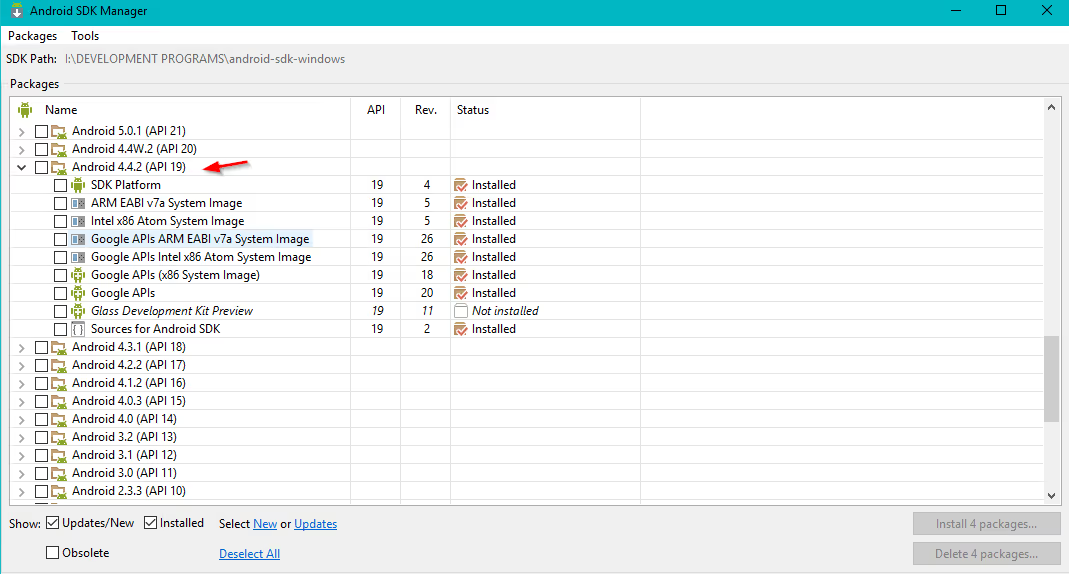
Gradle is one of the best Android development tools and a key part of the Android Studio build system. It’s essential for managing app dependencies, automating the development process, and handling different Android app development build variants, like debug and release. Whether you're building apps and games for school projects, the Google Play Store, or enterprise clients, Gradle is indispensable.
Fully integrated into Android Studio, Gradle enables smooth configuration of multiple build types and helps manage app performance through tools like code shrinking and resource optimization. You can also use it to integrate with Google Maps, extend engaging media experiences, or even prepare your app for virtual reality.
In the broader scope of mobile app design and development, Gradle plays a central role in streamlining the build process and enhancing overall app quality. When paired with CI/CD tools or network security libraries, Gradle ensures your mobile apps are fast, secure, and production-ready.
Staying current with features in tools like Gradle, along with live videos, demonstrations, and tutorials from developer centers or resources like Listen on Android Developers, helps you keep up to date with Android innovations and experiences.
Whether you’re launching on the Play Store or testing with the Android Debug Bridge, a strong setup including Gradle and Compose ensures you can build Android apps that are scalable and of the highest quality.
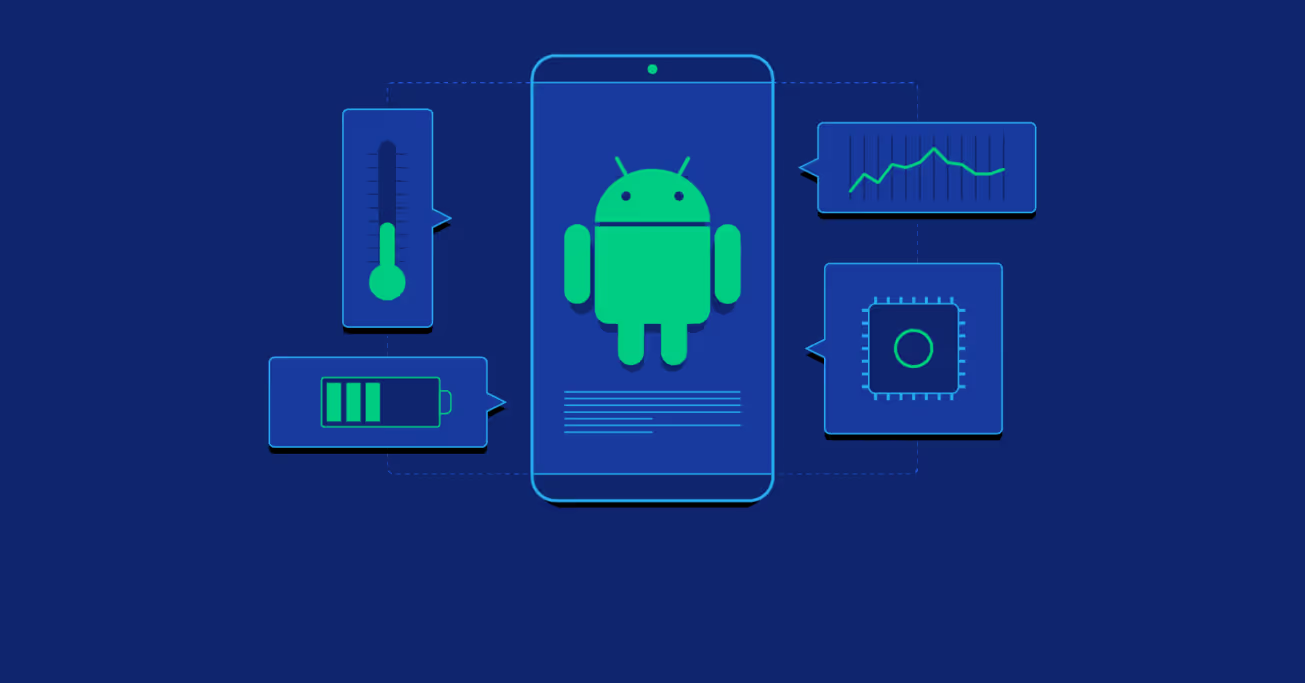
There are many tools that make life easier for Android developers. Whether you're just starting out with Android app development or already have an Android app, these tools help speed things up. They work well on their own, but using them together takes your app to the next level. Combining different Android app development software gives you better performance, smoother workflows, and fewer bugs — all super helpful when building mobile apps under tight deadlines, like a school project. Even an experienced AI software engineer would benefit from this streamlined toolkit when developing intelligent features for mobile platforms.
Firebase is like a superhero toolkit from Google. It’s one of the best Android development tools out there. With it, you can add real-time databases, crash reports, push notifications, and more — all without writing tons of code. It’s especially helpful for checking your app’s performance and keeping users happy. If you’re building an app for the Google Play Store, Firebase gives you a big advantage during the development process.
These two tools help your app talk to the internet. Retrofit turns web APIs into simple code, and OkHttp handles connections under the hood. They’re great for pulling in data from websites or sending info from your app. These libraries are perfect if you want to build native apps that sync with online services.
Room is part of Jetpack and makes saving info on the device super easy. Instead of working directly with confusing SQL code, Room gives you a clean way to handle databases. It’s ideal for storing things like user settings or offline content, and it works well across Android's multidevice ecosystem.
If you're building an app with friends or classmates, you’ll want to use version control. That’s where GitHub and GitLab come in. These platforms help you manage code, fix bugs, and even work on the same project at the same time. They also support CI/CD pipelines, which means you can test and update your app automatically — a big time-saver!
Postman is a tool used for testing APIs. APIs help apps connect to things like databases, maps, or the weather. With Postman, you can test these connections before they go into your app. It’s a smart way to debug and make sure everything’s working before sharing your app on the Play Store or the Google Play platform.
These tools together make a powerful team for Android developers. Whether you're using Android Studio, learning from live videos, demonstrations, or tutorials, or testing your app on an Android device, the right tools help you build high-quality apps that actually work. If you're serious about app building, this setup gives you everything you need — from UI to backend, from development to launch.
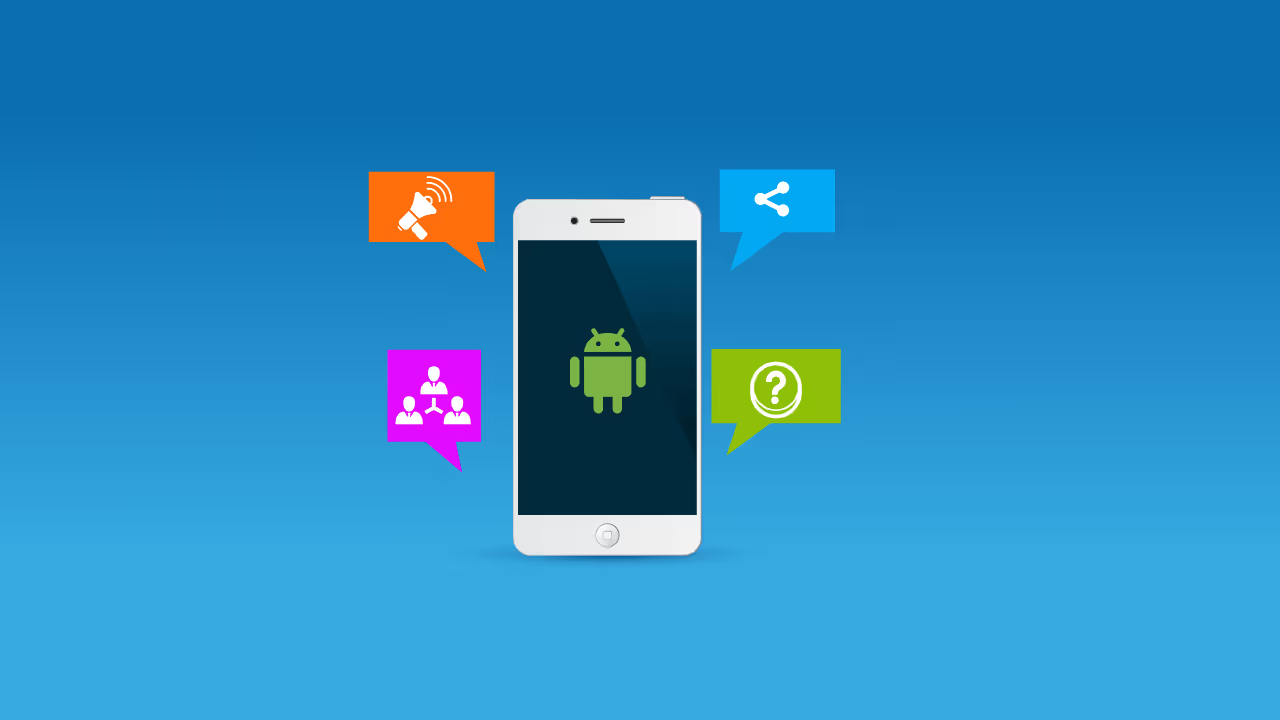
Using the right tools for your Android app development is crucial because you can waste time and resources on the wrong things. The tool you choose should correspond with the size of your team, the needs of your project, and the complexity of the app you are building.
Think of it like building a treehouse. If you're working alone with just a hammer and nails, you're going to build something small and simple. But if you're working with a team and want a multi-level clubhouse with electricity and running water (okay, maybe not in a tree!), then you'll need more tools, more planning, and better coordination.
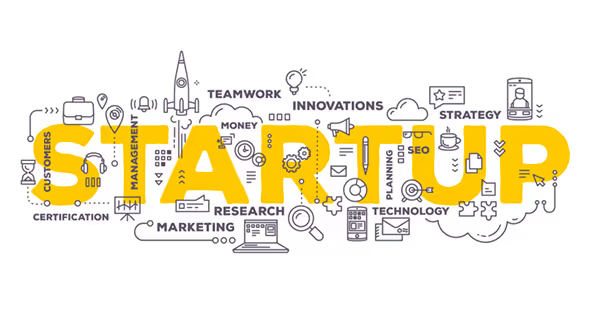
For startups and small teams, a lightweight and easy setup is the key. They can utilize a solid combo of Android Studio (for the development process), Firebase (for backend and analytics), and Jetpack Compose (for modern UI). This setup provides full coverage of services that can get your app up and running quickly. In such streamlined environments, knowing how to hire a full-stack developer can make a significant difference, especially when one person needs to handle both frontend and backend efficiently.
Firebase is especially helpful for beginners because it takes care of things like user login, real-time databases, cloud storage, and even crash reports — all in one place. And since Jetpack Compose makes UI design more intuitive, you can focus on features and user experience without getting overwhelmed by technical layout files.

For enterprises and larger teams, you would need a more sophisticated approach. This toolkit should manage custom libraries, modular app architecture, advanced Gradle build configurations, and tools for automated and manual testing. It’s possible that tools for continuous integration and deployment pipelines will be necessary. These tools support collaboration, maintenance of code, and performance optimization.
Larger teams also benefit from using version control systems like Git, which help developers work on the same project without messing up each other’s code. Tools like Jenkins or GitHub Actions can automatically test and build the app every time someone updates the code — catching errors early.
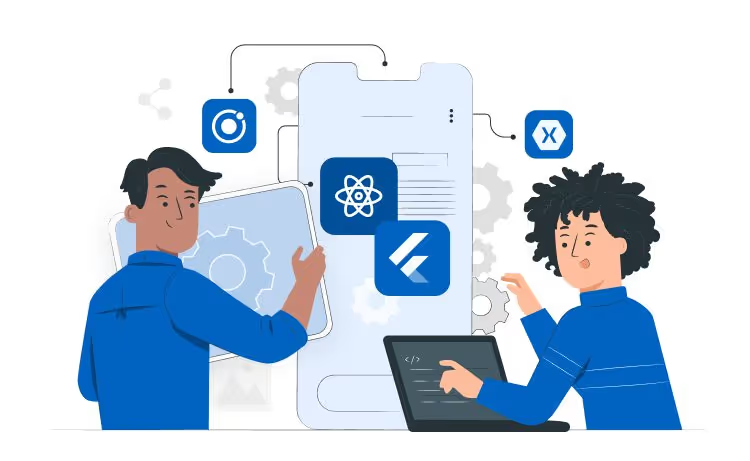
For teams that develop for Android and iOS, the best option is cross-platform development solutions like Kotlin Multiplatform or Flutter. Kotlin Multiplatform provides shared business logic between iOS and Android while maintaining native UI.
If you're de veloping your team, it's often more efficient to hire iOS developer talent who’s also familiar with cross-platform tools to maximize flexibility and code reuse. Flutter offers a single codebase for both platforms with a set of customizable UI elements. Using one codebase for two apps saves time and makes updates easier, which is a big win if you’re aiming to reach a wide audience fast.
The right tools depend on what you need for your product, the experience of your employees, and how quickly you need your app to be ready for release. Partnering with an experienced iOS mobile app development company can also help you make more informed choices around tools, architecture, and long-term support.
Take time and research your scope of work and choose the right technology for your business. These tools will be the core of your future app, and they should work together in harmony.
There isn’t just one “perfect” tool for building Android apps. The best tools for your project depend on what you’re trying to build, how fast you need it done, and who’s on your team. If you’re a startup or small team, you might want simple tools that help you build fast. Bigger teams working on more complex apps may need more advanced tools to manage everything smoothly.
What really matters is having a team that knows which tools to use, how to set them up, and when to change or improve them. Good tools help developers build apps that run well, look great, and are easy to update later on.
Need help starting your Android app the right way? Contact us — we’ll help you choose the best tools and build an app that fits your goals.
The best software you can use for Android development is Android Studio. It provides all of the features needed to create a functioning app without additional spending. You can look into using Gradle to integrate external libraries into your software and Firebase to manage the backend of your application.
Sure thing, you can. Creating an app for Android is possible by using the specific software, like Android Studio. With the right tool, you can create a great product for this platform.
Java is widely used for Android development. While it`s true, Kotlin has become the new standard for modern Android development. One is not better than the other, because they both can be used to create Android apps efficiently.
There is no perfect solution for creating an Android application. The tools you use should correspond with the complexity of your project, skills and size of your team and the timeline you envision for your product. Consider balancing your tools based on you needs to create a perfect product.


